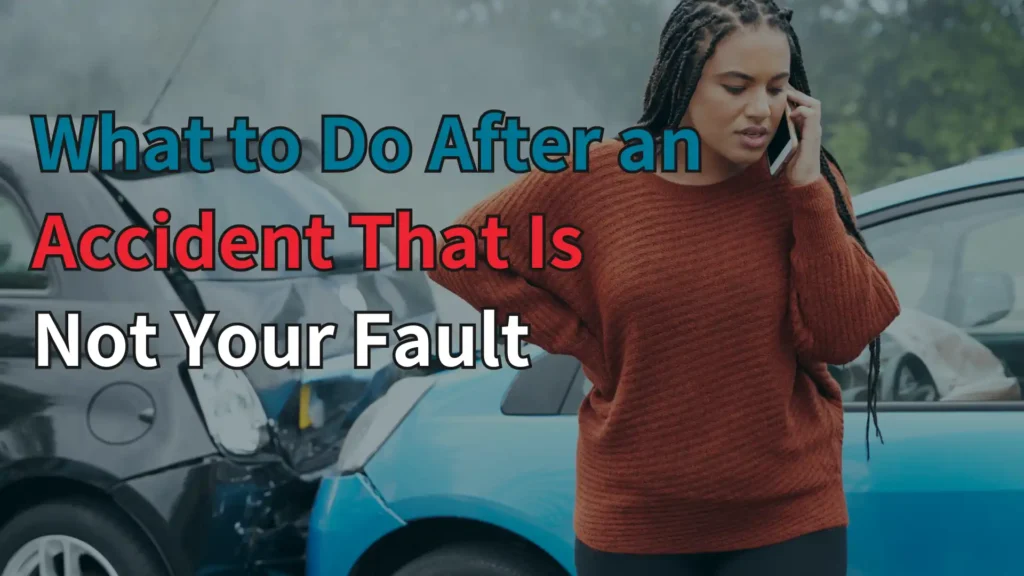
If a negligent or reckless St. Louis driver hits you, you may have the right to hold them financially accountable for any resulting injuries and losses. Taking specific steps and knowing what to do after an accident that is not your fault can protect your right to seek compensation and help you maximize your financial recovery.
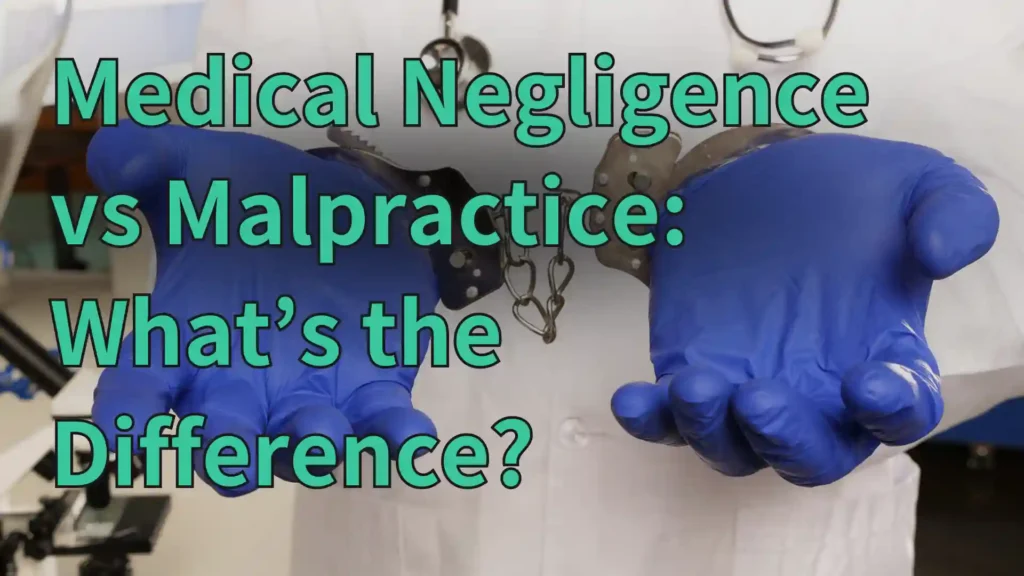
Missouri citizens should be able to seek medical care without fear that their healthcare provider will harm them. Unfortunately, medical negligence happens. The Centers for Disease Control (CDC) estimates that medication errors, preventable infections, and other preventable harms in hospitals take the lives of 400,000 Americans annually.
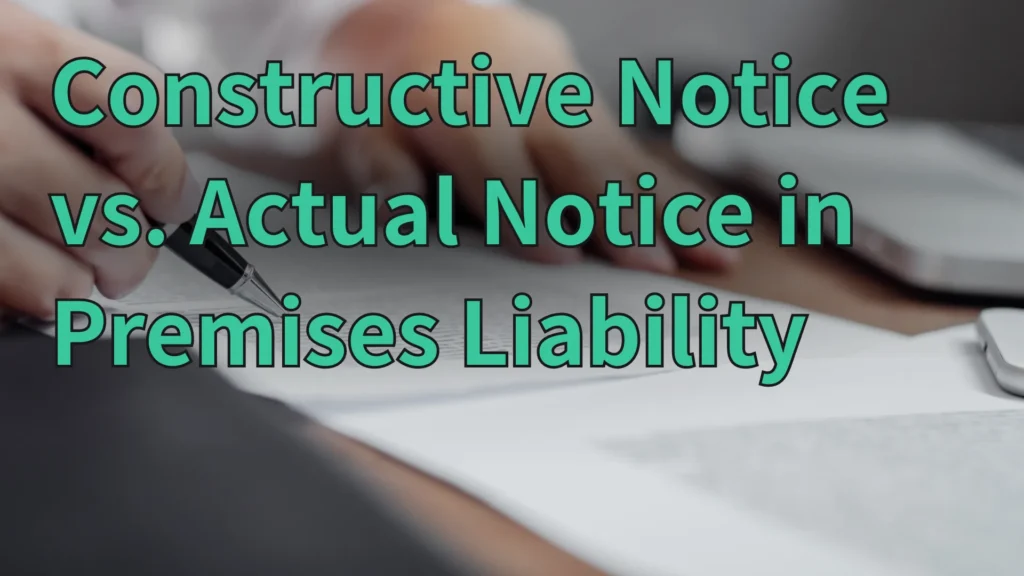
St. Louis residents who were injured due to hazardous conditions on someone else’s property should understand “constructive notice” vs. “actual notice.” Knowing the difference is critical because it may determine whether the property owner is liable for the harm caused by the unsafe condition.
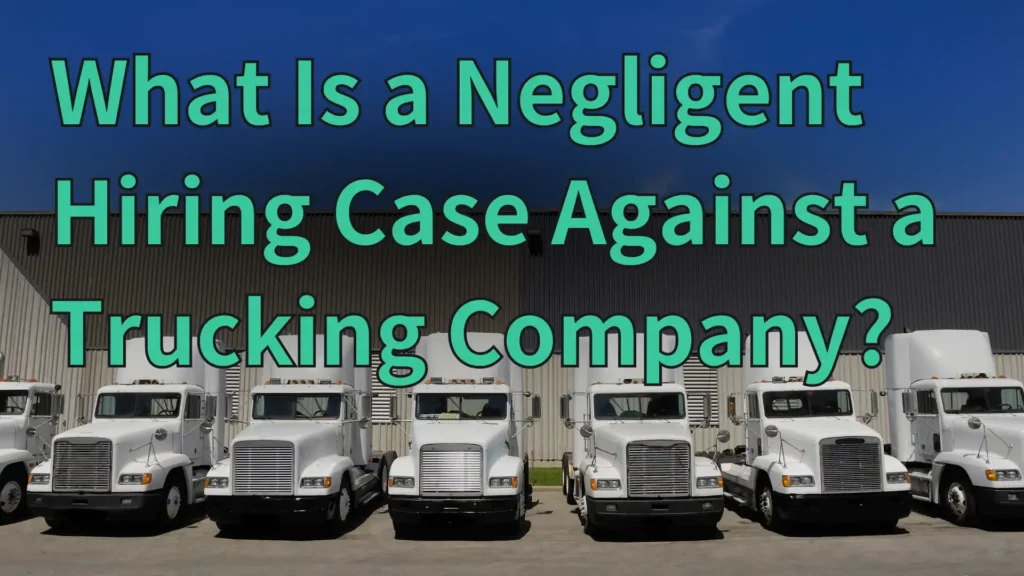
Large truck accidents in Missouri can wreak havoc on other road users and have catastrophic consequences. Trucking companies play a pivotal role in ensuring the safety of our roads. They are responsible for maintaining and operating their fleets, hiring qualified drivers, and supervising them appropriately.

Elder abuse is a pressing issue that affects many seniors in St. Louis and beyond. According to the Department of Justice (DOJ), older adults are especially vulnerable to violent crime, neglect, and exploitation, including financial fraud. The National Council on Aging (NCOA) reports that social isolation and mental impairment make older adults particularly susceptible to abuse.
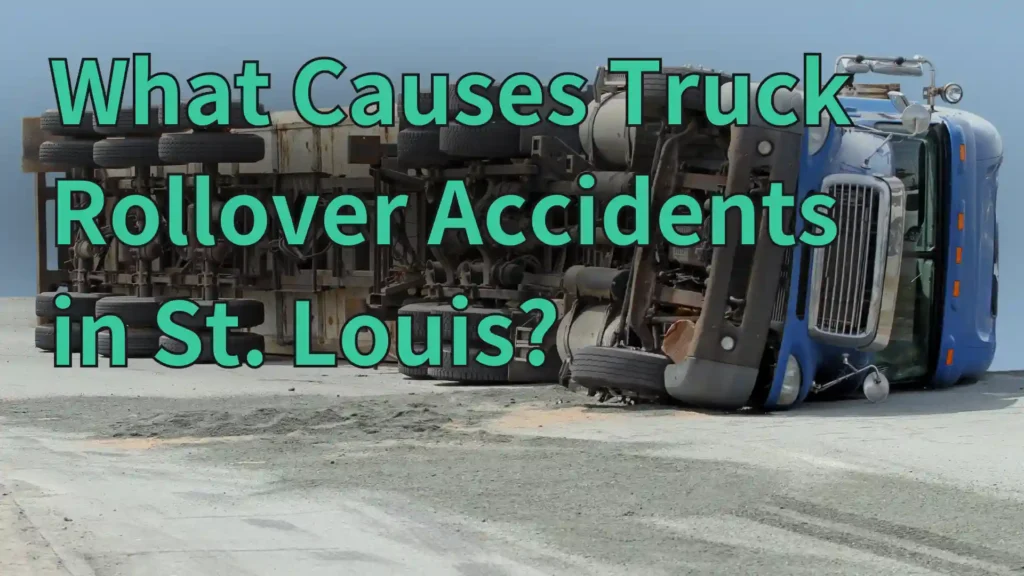
Tractor trailers are massive vehicles that can severely threaten other St. Louis drivers when they are involved in accidents. Commercial truck rollover accidents can be deadly. According to the Federal Motor Carrier Safety Administration (FMCSA), 5,70 large trucks were involved in fatal crashes in 2021.